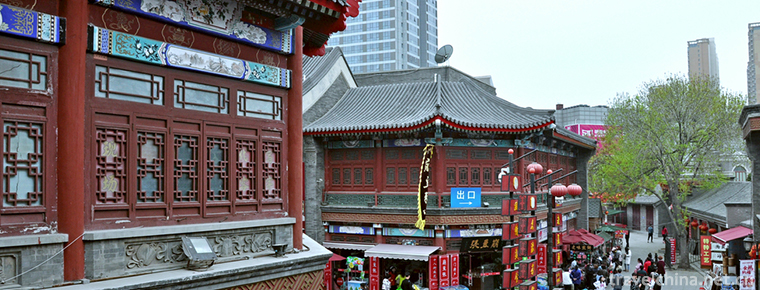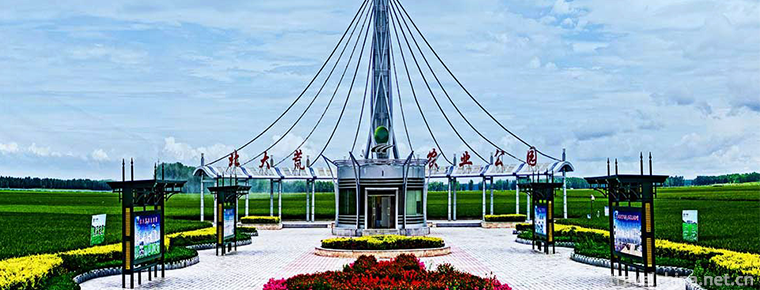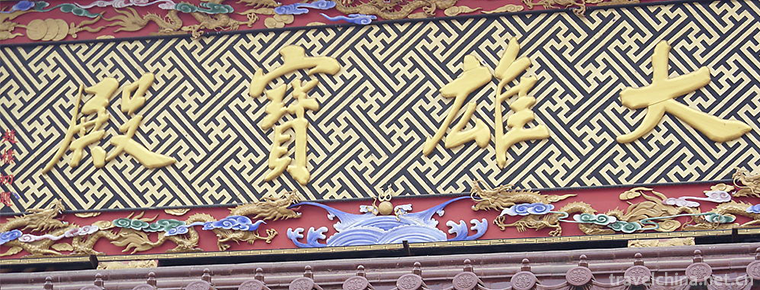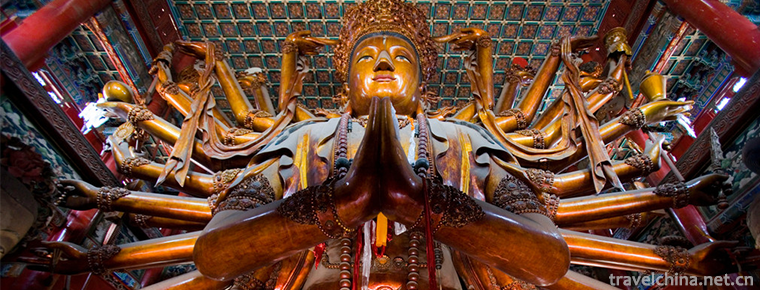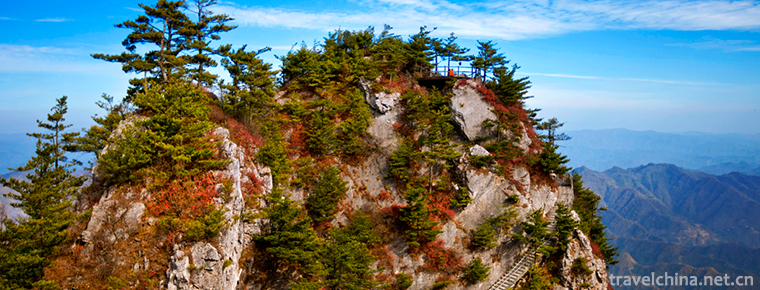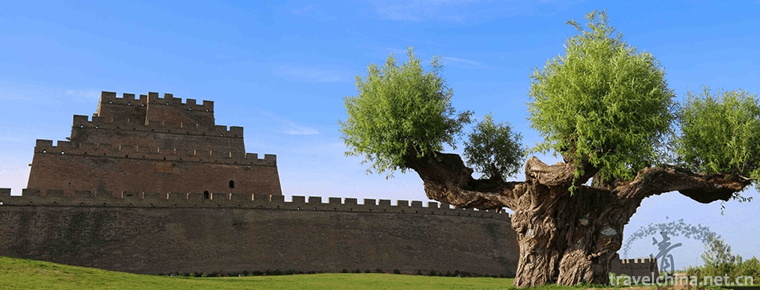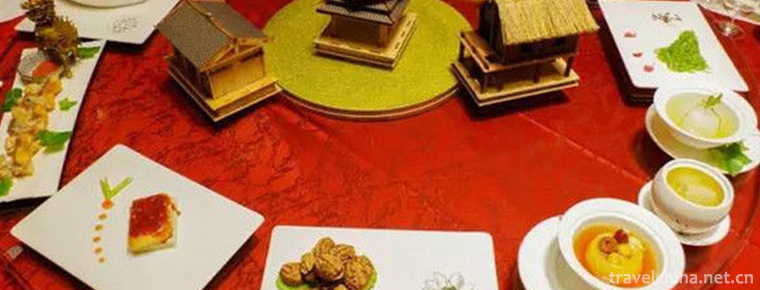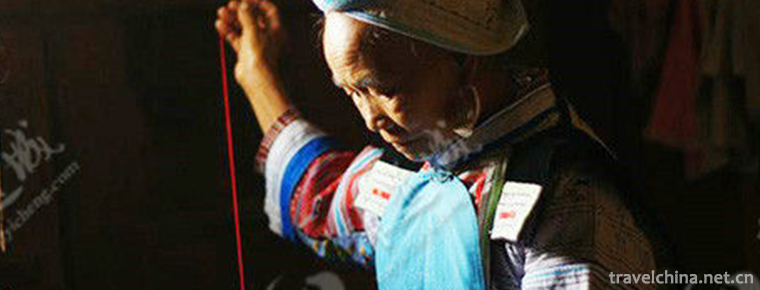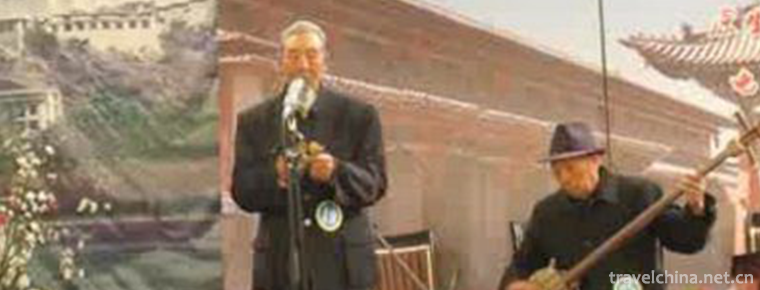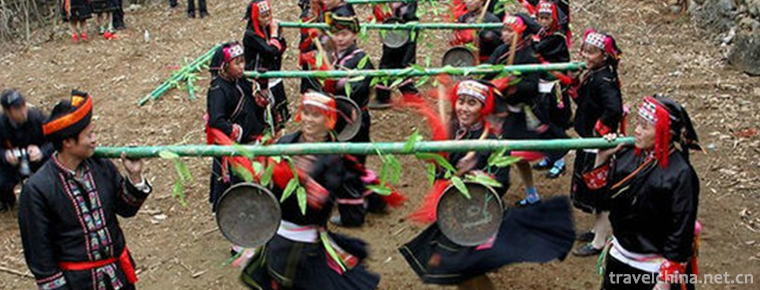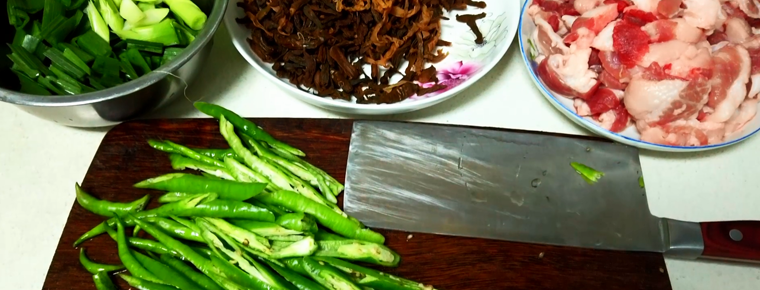Chengshantou Scenic Spot
Chengshantou Scenic Spot is located at the easternmost end of Chengshan Mountains in Rongcheng City, Shandong Province, so it is named Chengshantou. Chengshantou is 200 meters above sea level, 1.5 kilometers wide in East and west, 2 kilometers long in North and south, covering an area of 2.5 square kilometers. Only 94 nautical miles across the sea from South Korea is the easternmost end of the land-sea junction. It was the earliest place to see the sunrise at sea, so it is known as the place where the sun rises, and is known as the "Cape of Good Hope of China".
Introduction to scenic spots
Chengshan Head of Sun City has been regarded as the place where the sun god lived since ancient times. According to Records of History, Jiang Taigong helped King Wuwang Zhou to greet the sunrise and repair the main temple of the sun. In 219 and 210 B.C., Qin Shihuang visited this place twice, seeking the medicine of immortality, leaving behind such ancient sites as "Qinqiao relics", "Qin Dynasty stone erection", "Shaqutai", "Shihuang Temple" and "Tiantou, Qindong Gate" written by Li Si. In 94 B.C., Emperor Liu Chedong of Han Dynasty patrolled the sea, worshiped the Sunrise Temple, watched the sunrise, built a mountain view, and sang a red goose song. In Weihai, where there were many couples who wanted to have boys, they would admire their names and dream of the sun and get a glin. There is also Apollo's legend about the origin of comparing "the sun" to a beautiful boy. The sun god, the son of Zeus and Leto, is regarded as the master of truth. His oldest image is a tall, upright, long-haired and needless beautiful boy, whose symbols are the lyre and bow and arrow. In western literary works, Apollo has become a synonym for "beautiful man", which is often used to refer to "young man with elegant demeanor and beautiful appearance".
After the founding of the People's Republic of China, Party and state leaders Hua Guofeng, Hu Yaobang, Zhao Ziyang, Wanli, Qiaoshi, Pengzhen, Tian Jiyun and other writers and artists from home and abroad have visited the city successively. Comrade Hu Yaobang also wrote seven words about the end of the sky and the surge of his heart.
Chengshan Head is surrounded by the sea on three sides, one side by the land, the mountains are green and stretching, the sea is vast and blue, the cliffs are majestic, the waves are flying snow, the momentum is magnificent, it is an ideal tourist summer resort. In 1988, it was approved as "National Scenic Spot" by the State Council.
Beautiful scenery plunges directly into the sea. The mountain walls are shattered, the waves under the cliffs are tumbling, and the current is turbulent. It has been impacted by strong winds, strong waves and storm surges all the year round. The maximum wave in the sea area reaches more than 7 meters. It has become a precious scientific research base for China to study marine meteorology, physical oceans, marine energy and so on. Chengtou Mountain also has rare typical marine erosion landforms such as sand mouth, sea donkey island's peculiar marine erosion pillar, sea erosion cave and natural relics such as Liukuang red bed, which are highly valued by geologists at home and abroad. It has high scientific value in geology, geomorphology and marine climate change.
Chengshantou has a typical marine erosion landform, which is highly valued by domestic geologists. The sea erosion cave is a horizontal and tunnel-shaped cave at the bottom of the cliff. It is located between high tide and low tide. The destructive wave continuously impacts the coast. It is located between high tide and low tide and is covered with rock with weak lines. It is attacked by dry-wet alternation, hydraulic action, dissolution and abrasion. It flows through the weak area between high water level and low water level through hydraulic action and abrasion. In the weak line, the weak line is widened and deepened, forming a formation of channel-shaped holes, known as sea erosion holes, such as sea erosion holes through the ground, so that there are holes on the ground, we call the holes on the ground as blown holes. The smuggling of sea caves decreases inward from the entrance.
Chengshantou is a region of marine and coastal ecosystems, Bay ecosystems and island ecosystems. It has such rich diversity of marine ecosystems, which is rare and rare in China's coastal areas. At the same time, due to its unique geographical location and the influence of different types of water masses, it is the most abundant marine biodiversity area in northern China.
The highest point of Chengshantou Scenic Spot is 200 meters above sea level, 0.75 kilometers wide in East and west, 1 kilometer long in North and south, covering an area of 2.5 square kilometers. The mountains here are green, the sea is vast and blue, the cliffs are lofty, the waves are snowing, and the momentum is magnificent. It is an ideal tourist summer resort. In 1988, it was approved as a national scenic spot by the State Council. The main scenic spots are Haidonkey Island, Shihuang Temple, Lishi of Qin Dynasty, Sunworship Terrace, Qinqiao Relics, Wanghai Pavilion, Guantao Pavilion, Zhenlongshi and Wildlife Park.
Deng Shichang image
Deng Shichang in the Shihuang Temple of Chengshantou is like Chengshantou, which has been a place for military strategists since ancient times. Military incidents occurred in the Three Kingdoms, Sui Dynasty, Tang Dynasty, Ming Dynasty and Qing Dynasty. The Yellow Sea Sea War, which shocked China and foreign countries during the Sino-Japanese War of 1894, took place 10 nautical miles east of Chengshan Tou. Deng Shichang, the patriotic general of Beiyang Marine Division, died here. In order to commend Deng Shichang's heroism and patriotism, Emperor Guangxu's inscription entitled "Zhuang Festival" is still preserved in Shihuang Temple.
Qin and Han Museum of Literature and History
The Qin and Han Museum of Literature and History mainly displays the historical materials and cultural relics of Qin and Han Dynasties, and displays them in the form of words, paintings, photographs, cultural relics, sand tables and photoelectric displays. It shows the long history and profound cultural heritage of Chengshan. The museum is divided into six halls: History of Chengshan, Chengshan and Eight Immortals, Wudong Tour of Qinhuang and Han Dynasty, Qinhuang and Lishi, Qinhuang and Hanwu, and Chengshan Historical Sites. The name of the library was inscribed by Professor Yu Zhiyuan, a famous scholar, educator and calligrapher in China.
The end of the sky
There is also a Shihuang Palace at Chengshan Head, also known as the Qin Palace, Shihuang Palace and Qinhuang Temple in historical books, which is located on the sunny slope of the south peak of the three mountains in Chengshan. According to the Daoguangnian edition of Rongcheng County Chronicle, the ancient monument, when the first emperor visited the East Mountain, he built the Qin Imperial Palace here. After the arrival of the first emperor, the local residents were lucky to continue to expand and become the first emperor's palace, presided over by Taoism. By the time of Zhengde in Ming Dynasty, it had occupied an area of 300 mu, three main halls, innumerable matching halls and more than 200 Taoists. The temple was later burnt down. There are statues of the First Emperor, Ginkgo biloba trees, Stele of Tang Shichang, Temple of Sea Goddess and so on.
Xixiakou Wildlife Park
The Park covers an area of 13333,400 square meters, surrounded by the sea on three sides and landed on one side, forming a natural fence, which provides favorable conditions for the management of the park. The park is rich in vegetation and pleasant scenery, with nearly 500 animals, such as tigers, lions, monkeys, ponies, sika deer and wild boars, reared. The Park project is divided into three phases. The first phase, including the Beast Zone, the Rhesus Monkey Paradise, the Herbivorous Zone and the Wild Boar Forest, was completed and opened to the outside world on May 1, 1998. The second phase, including Bird Park, Cheetah Park and Polar Bear House, was completed in May 1999. The third phase includes wildlife areas, crocodile halls, reptile halls and the vast marine world. It is planned to be completed by the end of 2000.
Museum of Marine Life
The government of Longxudao Town, Rongcheng City, invested 10 million yuan to build the exhibition, which fully followed the principles of marine biology classification and was characterized by new, strange and special features. The museum is divided into 10 exhibition halls, such as fish hall, shellfish hall, crustacean hall, echinoderm hall, comprehensive exhibition hall and collecting hall. By means of combining living bodies with specimens, stereo and plane, text and photoelectric pictures, visitors can obtain the richest knowledge and the best ocean fun in the shortest time.
History and Legend
In ancient times, Chengshan Tou was considered to be the place where the sun god lived. According to the Historical Records, Jiang Taigong helped Zhou Wuwangping to greet the sun god and repair the main temple of the sun after he agreed on the world. In 219 B.C. and 210 B.C., Emperor Qin Shihuang visited this place twice to worship the Lord of Japan, build long bridges and seek the medicine for immortality, leaving behind such historical relics and humanistic landscapes as "Qinqiao relics", "Qin Dynasty stone-building", "Shaqutai" and "Qindong Gate at the End of Heaven" written by Li Si, Prime Minister of Qin. There is also the only "Shihuang Temple" in China. In 94 B.C., Liu Che, Emperor Wudi of Han Dynasty, led the civilian officers and generals to travel eastward through Mount Tai to Chengshan. He was shocked by the magnificent scenery of Sunrise at Chengshan Head. He wrote the "Temple of the Lord of Japan" and "Song of Red Wild Goose" as well as the "Song of Red Wild Goose". Since ancient times, military strategists have fought for land. Military incidents have occurred in the Three Kingdoms, Sui and Tang Dynasties, Ming and Qing Dynasties. The last battle of the Sino-foreign Sino-Japanese War of 1894-1895, the battle of the Yellow Sea, took place 10 miles east of Chengshan Tou. Deng Shichang, the patriotic general of Beiyang Marine Division, died here. In order to commend Deng Shichang's heroic spirit of coexistence and death with warships, Emperor Guangxu's monument, the title of "Zhuang Festival", is still preserved in the imperial temple.
In 1874, the British built a 16.3-high lighthouse at the eastern end of Chengshan, with a light range of 21 nautical miles. So far, it is in good condition and in normal use. In order to prevent ships from losing sight of lights and direction in the foggy sea, the British built a fog flute next to the lighthouse. Every foggy day, the fog flute automatically whistles every two minutes. The sound of the flute can be transmitted over 30 nautical miles.
Traffic information
It is 75 kilometers away from Weihai, 90 minutes'drive, 6:30-17:00 bus stop, one shift every half hour.












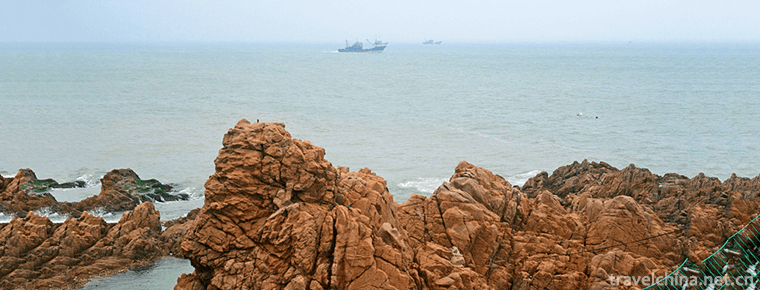
-
Tianjin Ancient Culture Street Tourist Area Jinmen Hometown
Tianjin Ancient Culture Street is located outside the east gate of the northeast corner of Nankai District of Tianjin City and on the West Bank of Haihe River.
Views: 224 Time 2018-11-24 -
Beidahuang Modern Agricultural Park
Beidahuang Modern Agricultural Park, located at No. 146 Xiangfu Road, Xiangfang District, Harbin City, covers an area of 667,000 square meters and is a "national AAAA-level tourist attraction&quo.
Views: 163 Time 2018-12-26 -
Nanhai Chan Temple
Nanhai Chan Temple, a national AAAA scenic spot, is located in the southeast corner of Runan County, Zhumadian City, Henan Province, China.
Views: 122 Time 2019-02-07 -
Puning Temple
Puning Temple is located in Chengde City, Hebei Province. It was built in the Qianlong period of the Qing Dynasty. The first half of the temple is Han-style,.
Views: 157 Time 2019-02-07 -
Tianzhu Mountain National Forest Park
Tianzhushan National Forest Park, a national 4A-level tourist attraction, is located in Tianzhushan Town, 30 kilometers southeast of Shanyang County Town, Shaanxi Province, south of Huling and north o.
Views: 140 Time 2019-02-22 -
Zhen Bei Tai
Zhenbeitai, World Heritage Site, National Key Cultural Relics Protection Unit. It is located on the top of Hongshan Mountain, 4 kilometers north of Yulin City, a famous national historical and cultura.
Views: 227 Time 2019-03-17 -
Eight Immortals
Raw materials: japonica rice, yellow millet, soybean, red adzuki bean, mung bean (fried with five flavors) 75 grams each. Fennel (washed) 150 grams, dried ginger, stir-fried white salt 30 grams each. .
Views: 144 Time 2019-03-27 -
Miao embroidery
Miao embroidery refers to the embroidery skills inherited by the Miao people in China. Miao embroidery in Leishan County, Guiyang City and Jianhe County of Guizhou Province has different forms and sty.
Views: 138 Time 2019-06-05 -
Qinghai Lower String
Qinghai Xixian, which originated in the late Qing Dynasty, is one of the traditional folk arts native to Qinghai. It is a sitting and singing art, singing alone or in pairs..
Views: 246 Time 2019-06-11 -
Golden Gong dance of Yao nationality
In November 2014, the Golden Gong dance of Yao nationality declared by Tiandong County of Guangxi Zhuang Autonomous Region was listed in the fourth batch of national intangible cultural heritage list .
Views: 221 Time 2019-07-11 -
Stir fried pork with salted vegetables
Stewed pork with dried plum is a famous traditional flavor dish in Shaoxing, Zhejiang Province. The main raw materials are dried plum and streaky pork. Dried vegetables absorb meat fat to remove astri.
Views: 461 Time 2020-03-18 -
Cultural undertakings in Panzhihua
As of the end of 2018, Panzhihua has 3 museums and exhibition halls; 50 cultural (Art) museums, including 44 cultural stations and 8 theatres and cinemas; and 6 public libraries, with a total collection of 990800 books. There are 43 Township radio and television stations and.
Views: 246 Time 2020-12-14
